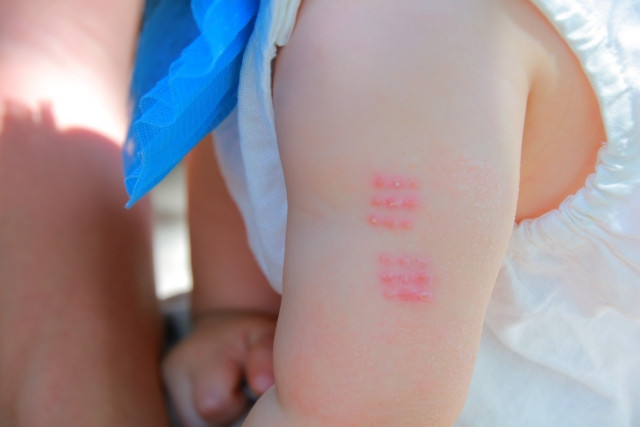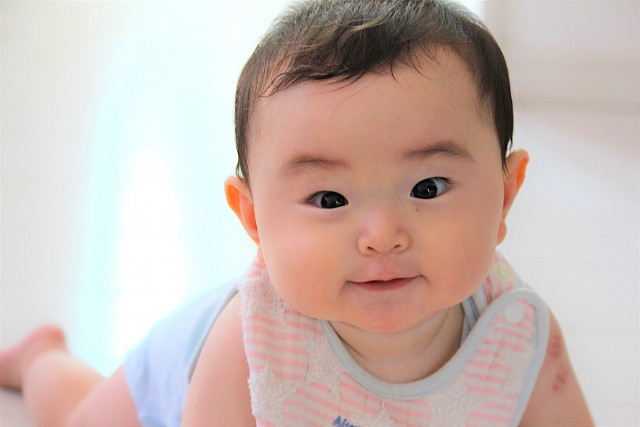Japan still administers the BCG vaccine, protection against tuberculosis, to its citizens. What is it and why does Japan still administer the vaccine? When coming from a country where it isn’t common and when asked to get tested for TB in Japan, here’s what you need to know.
Table of Contents
- What is the BCG Vaccine?
- History of the BCG Vaccine in Japan
- TB Control Measures in Japan
- When and How the BCG vaccine is given in Japan
- In Conclusion
What is the BCG Vaccine?
So what is this vaccine anyway? BCG (Bacillus Calmette Guerin) is a vaccine used against Tuberculosis (TB) which is called 結核 (kekkaku) in Japanese.
Usually in countries where TB is common, one shot is given to healthy babies at the time of or as close to the time of birth of the child. However, in other countries where TB is not common, only children or adults at high risk are immunized.
※World Health Organization, Summary of the WHO Position Paper on BCG vaccines: WHO position paper – February 2018
Writer's Pick
History of the BCG Vaccine in Japan
So why does Japan still administer BCG? Here’s some history.
BCG was first introduced to Japan by Kiyoshi Shiga in 1924, and vaccines were made from the strain. The number of TB cases became quite high especially after World War II and while it has gone down considerably since then, the number of people who get TB in Japan ranges above average level as compared to other developed countries; therefore BCG, called BCGワクチン (BCG wakuchin or vaccine) is still one of the routine vaccines in Japan.
How common is it? In 2019, there were 14,490 cases of tuberculosis, about 4,000 of which were in the age range of those over 85 years of age. This is still a significant number of cases per year, especially in a developed country.
※Japan Anti-Tuberculosis Association, “Tuberculosis in Japan: Annual Report 2020”
Thus if you are a foreigner, you may be unfamiliar with examinations for TB that are still done in Japan today, especially when working around children. For example, you may be asked to get a blood test or a chest x-ray on an annual basis to show that you don’t have TB, regardless of whether you’ve had the vaccine or not.
And in recent times, the BCG vaccine has come up in relation to COVID-19 as news spread that those who have the BCG vaccine have a higher immunity to getting COVID-19. However, it has led to a shortage of vaccines for babies that need them, so both the WHO and the Japanese Society for Vaccinology have stated that there’s no exact proof that it can prevent one from getting COVID-19, so adults shouldn’t get the BCG vaccine just for that.
※The Mainichi, Japan seeing TB vaccine shortage after reports on possible effects against COVID-19
TB Control Measures in Japan

-
BCG vaccination is the first and most important measure. It is by law required to vaccinate all infants in Japan. When signing their children up for preschools and daycares, the parents must show that their child has been vaccinated.
-
Anyone who has the symptoms of having TB is treated, and the cost is covered, so in the case one feels sick, one shouldn’t hesitate to see a doctor.
-
Strict quarantine measures are taken if tested positive for TB, and doctors follow a well-thought-out treatment plan.
-
Awareness is spread about TB such as through the The Japan Anti-Tuberculosis Association and the Stop TB Partnership Japan
-
The Japan BCG Laboratory which is the only place that makes and supplies the BCG vaccine ensures the quality of the vaccine at all times
※ Otsuka Pharmaceutical Co., Ltd, “Tuberculosis prevention”
When and How the BCG vaccine is given in Japan

Japan has had a policy of universal BCG vaccination of infants since 1951.
According to NPO SEMI Sapporo, Japan gives BCG shots to children once they reach the age of five months in order to make sure that the babies are not born with immune-deficiency before administering the vaccine. This becomes clear by around the age of around 5 months, which is when it is finally safe to administer the vaccine. The BCG vaccine is administered on the baby’s arm using an apparatus with multiple needles. Have you seen scars with 9 dots on Japanese people’s arms? This is the most recent type of BCG vaccine injection scar.
One can make an appointment with a local clinic to get the BCGワクチン (BCG wakuchin, or vaccine)
※NPO SEMI Sapporo, Special Circumstances on Tuberculosis and BCG in Japan
Reaction after the Vaccination
As mentioned above, multiple needles are injected into the arm at once. Red marks usually appear on the vaccinated area about a week later, but they will turn to scabs which then in turn will become tiny scars in the future. Since almost all babies in Japan are administered this vaccine, most people have these scars on their arms which may be surprising to those who come from overseas from countries that no longer have the need to administer the vaccine widely.
However, in rare cases if you see any redness, swelling or pain at the site of injection within 10 days of said injection, or anything seeming out of the ordinary even months after the baby gets the vaccine, you should immediately consult the doctor.
In Conclusion

We are living in a century where we are fortunate enough to get treatments and tremendous amounts of support to fight chronic and the worst of diseases. Japan has taken measures to ensure that its citizens are safe from tuberculosis, a problem that still exists today. We hope this article provided you with insight into such measures.






















.jpg)











